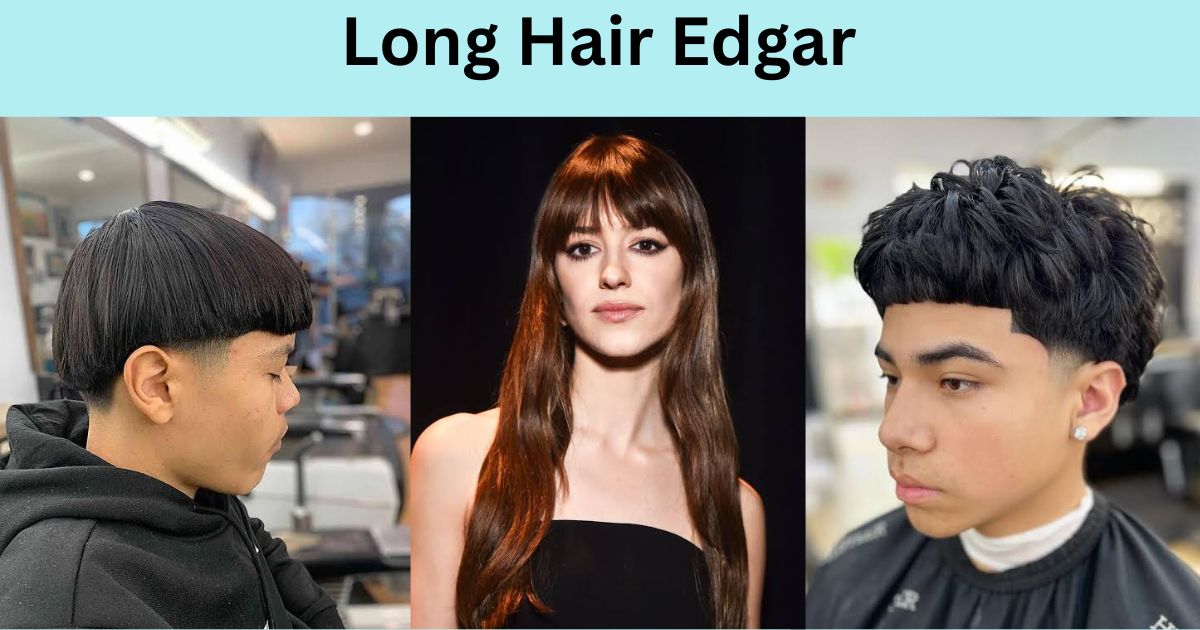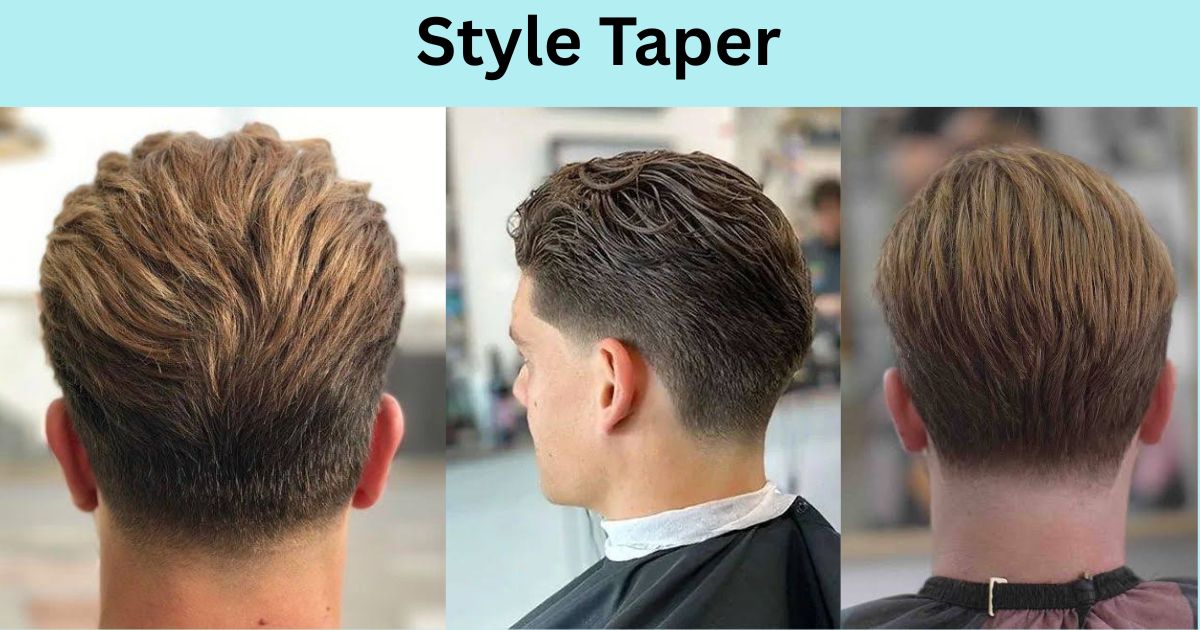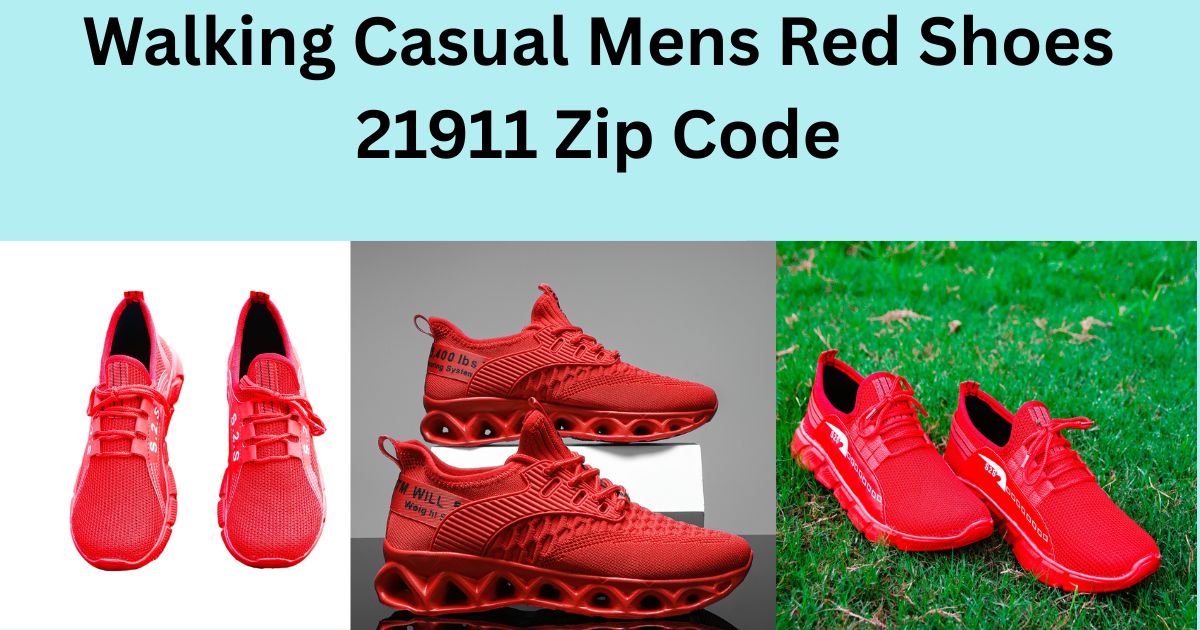The mullet fade is a bold, edgy haircut that has risen from retro roots to dominate the style scene once again. With its party-in-the-back charm and modern-day sharp fade in the front and sides, the mullet fade is the perfect blend of nostalgic flair and contemporary precision. Whether you’re a style rebel or someone looking to experiment with a new trend, the mullet fade might be the head-turning look you need.
In this article, we dive deep into the origins, variations, styling tips, and modern adaptations of the mullet fade — a hairstyle that’s louder and prouder than ever before.
What Is a Mullet Fade?
A mullet fade combines two iconic elements:
- The mullet, known for its short front and sides with long hair at the back.
- The fade, a gradual tapering of hair on the sides and back that gives a clean and sharp finish.
By blending these, you get a style that is clean-cut on the sides and edgy in the back — perfect for fashion-forward individuals.
History of the Mullet and Its Comeback
The mullet has been around for decades, famously worn by rock stars, athletes, and rebels in the 1980s and 1990s. It was once considered outrageous and countercultural — but today, it’s back in a huge way.
In the early 2020s, barbers and stylists began merging the mullet with modern fades and textures. The result? The mullet fade became a viral sensation on TikTok, Instagram, and even red carpets. Celebrities like Lil Nas X, Joe Keery, and even Rihanna have rocked variations of the mullet, cementing its status as a revived classic.
Key Features of a Mullet Fade
1. Clean Fade on the Sides
From low skin fades to mid or high tapers, the sides of a mullet fade are neatly tapered to contrast the volume and length at the back.
2. Short Top or Textured Crop
Some opt for a classic short top while others prefer a messy or spiked texture. The top is versatile and depends on the individual’s hair type and personality.
3. Long Back
The back section is where the mullet legacy lives on. From soft layers to dramatic, shoulder-length locks, this portion defines the style.
4. Optional Fringe
Some mullet fades include a blunt or wispy fringe to add extra drama or a playful edge to the cut.
Popular Variations of the Mullet Fade
1. Classic Mullet Fade
A simple fade on the sides, short top, and modest length at the back. Perfect for first-timers or those with straight hair.
2. Curly Mullet Fade
Ideal for guys with natural curls. The fade keeps the look sharp, while the curls add texture and volume at the crown and nape.
3. Mullet Skin Fade
A bold, high-contrast option where the sides are faded down to the skin, making the long back stand out dramatically.
4. Burst Fade Mullet
A rounded fade around the ear area, often paired with a defined neckline and long textured back. Great for edgy, street-style vibes.
5. Mullet Fade with Designs
Add razor designs, lightning bolts, or patterns on the faded sections to personalize your look and make a bold statement.
Who Should Try a Mullet Fade?
The mullet fade suits a wide range of personalities and face shapes, but it especially flatters:
- Oval, square, or heart-shaped faces
- Men and women with thick or textured hair
- People who love standing out with alternative fashion
If you’re confident, experimental, and not afraid to embrace retro-modern style, the mullet fade is calling your name.
How to Style a Mullet Fade
1. Choose the Right Products
Use a texturizing spray, matte clay, or curl cream based on your hair type. These help add definition and hold to the top and back.
2. Blow-Dry for Shape
Blow-drying helps in shaping the back or adding volume to the crown. Use a diffuser if you have curls.
3. Regular Maintenance
Visit your barber every 2–3 weeks to maintain the fade. The back can be trimmed less frequently, depending on your preferred length.
4. Experiment with Color
The mullet fade also looks fantastic with bleached ends, bold streaks, or pastel dyes. Don’t hesitate to color outside the lines.
Celebrities Embracing the Mullet Fade
From runways to music videos, the mullet fade is being embraced by celebrities across all genres:
- Miley Cyrus brought a punk-rock spin to her mullet fade.
- Machine Gun Kelly paired his mullet with bright colors.
- Zac Efron rocked a clean mullet fade with surfer vibes.
- Troye Sivan added texture and drama for a high-fashion twist.
Their influence has made the style mainstream and chic, not just edgy.
Mullet Fade in Pop Culture and Social Media
The mullet fade is not just a hairstyle — it’s a fashion movement. Thanks to platforms like TikTok, it has evolved into a style associated with creative expression, rebellion, and individuality. Barbers around the world post tutorials and showcase transformations using this cut, inspiring a younger generation to experiment with their looks.
The hashtag #mulletfade has millions of views, proof that this once-ridiculed haircut is now in the fashion spotlight.
Tips Before Getting a Mullet Fade
- Be clear with your barber: Bring reference photos to get the exact style you want.
- Consider your workplace or school: While stylish, it may not align with every dress code.
- Try a temporary version first: Start with a subtle fade and light mullet to test the waters.
Final Thoughts
The mullet fade is more than just a haircut — it’s a bold style choice that blends old-school cool with modern precision. It suits creative, confident individuals who want to showcase their personality through their look.
Whether you go for a curly version, a skin fade, or add some neon color, the mullet fade offers limitless styling options. In a world full of copy-paste trends, it helps you stand out, turn heads, and make a lasting impression.
If you’re ready to reinvent yourself with flair, it’s time to embrace the mullet fade — the ultimate combination of style and attitude.










